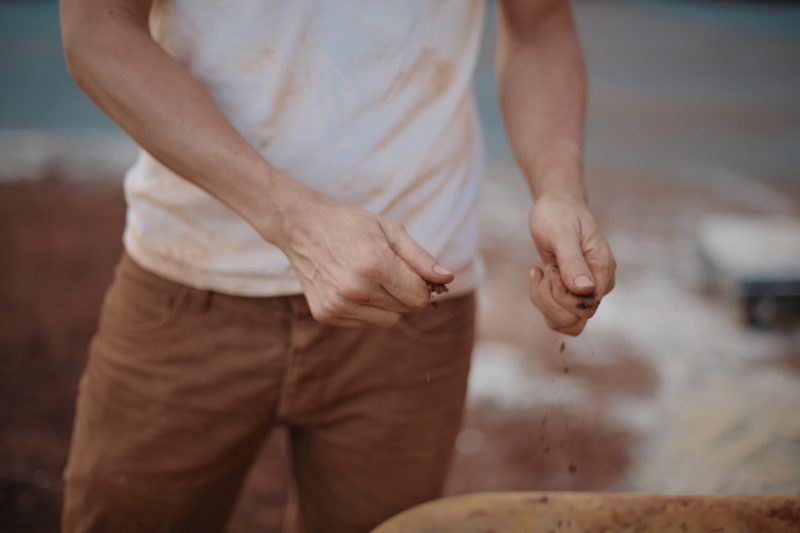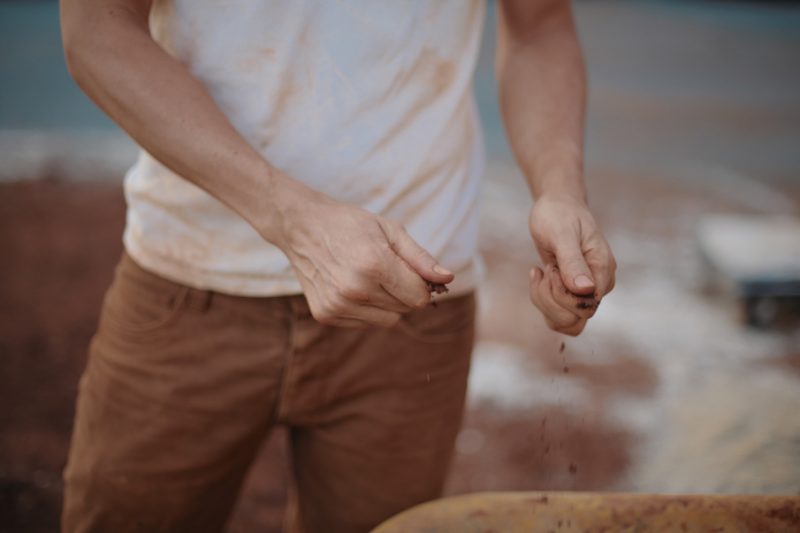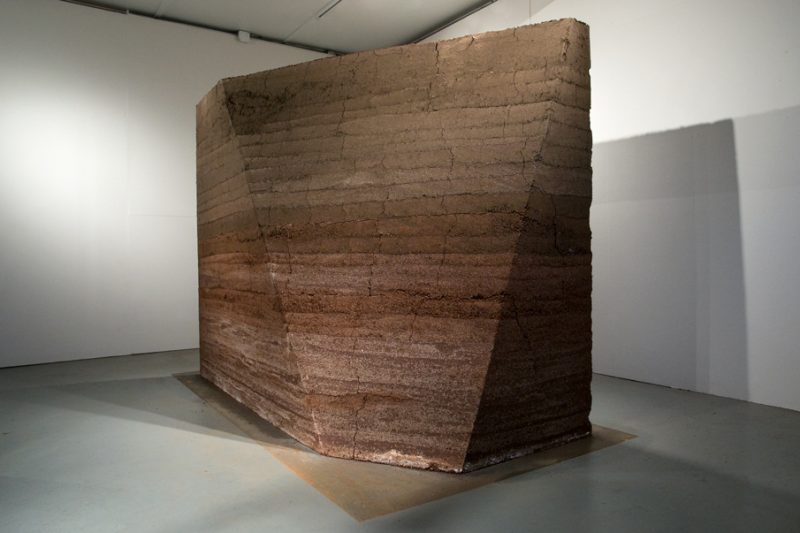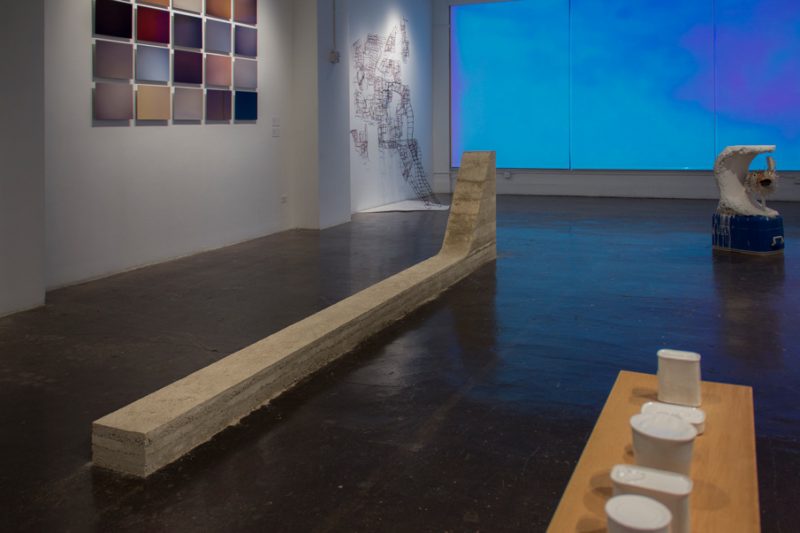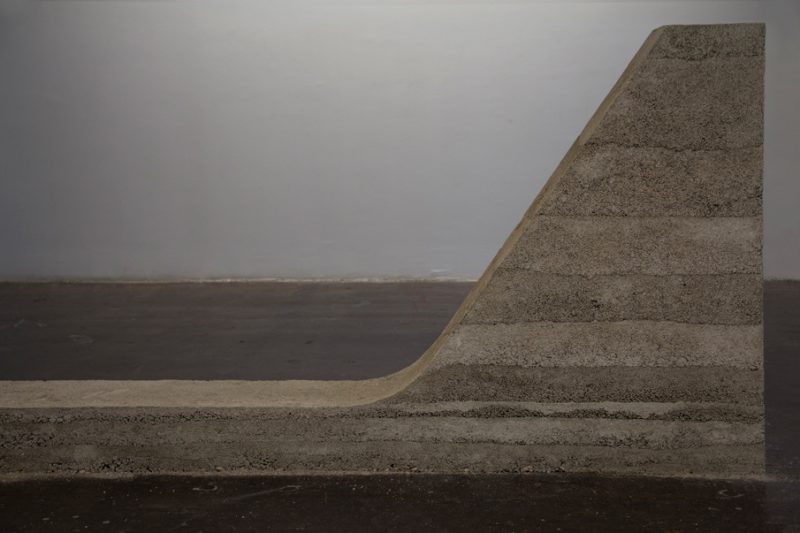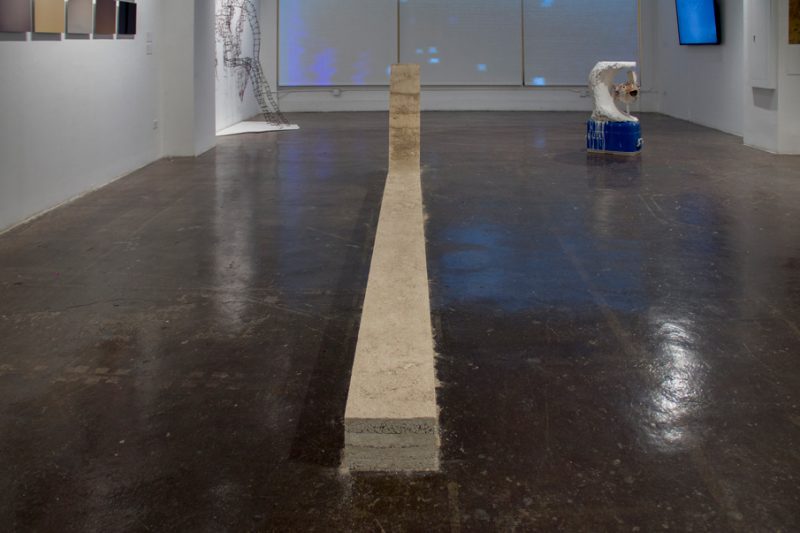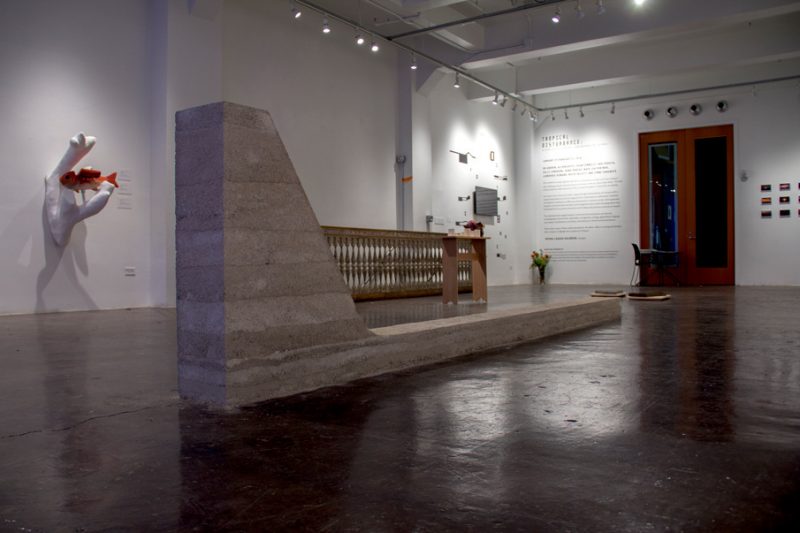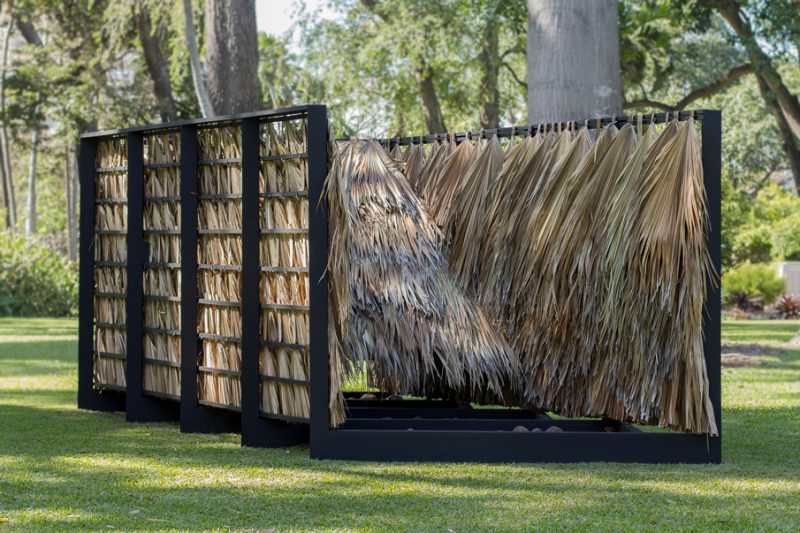

Introduction
After Oceanic & Connelly’s Mission
Sean Connelly is a Pacific Islander American who is not only incredibly talented but inspires many individuals to take action in their environment and make a serious change in the world. He was born on the island of O’ahu, Hawaii, in 1984 and was raised around Kona and Ko’olaupoko. Although he is mostly known for his artistry work, his occupation backgrounds also include being an architect, an urban ecologist, an American Designer, and a creative producer. His unbelievable talents have led him to also hold a Doctorate of Architecture from the University of Hawaii as well as a Mature in Design Landscape, Urbanism and Ecology from one of America’s most prestigious Universities: Harvard University. Connelly is the author and producer of “Hawai’i Futures”, a virtual intervention for island urbanism, and works collaboratively across the East Coast, Southwest, and Pacific. Collaborations have included experience on a range of professional projects, design publications, academic studios, presentations, and events for a wide variety of entities. He continues to work on art and strives for others to see history in a new way. (“After Oceanic” 2020)

“AFTER OCEANIC is the legal entity representing a next-generation, activist-driven studio practice working among the realms of architecture, landscape, infrastructure, and art. The studio forms to address the dynamic human geography of urbanism and militarism today.” With a mission to help transform the experiences that drive Kuleana toward justice-advancing futures—AFTER OCEANIC maintains an aesthetic and egalitarian vision to advance the recovery of contemporary Ahupua’a systems with a focus that is ecological, economic, and technologic in scope.” (Connelly 2020)
A Small Area Of Land (curated Work)
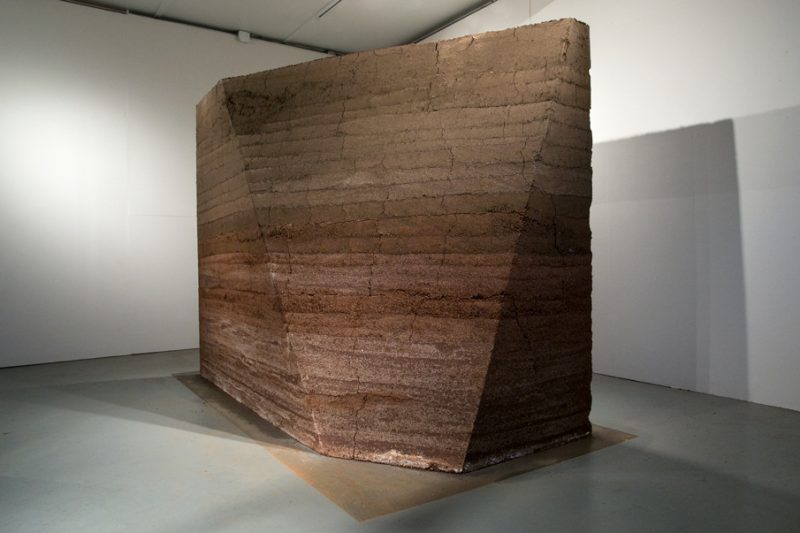
A collage of photos that were taken during the making of “A Small Area of Land.”
The title of this architectural design is “A Small Area of Land” and it is one of Connelly’s first projects ever created in his “After Oceanic” collection. The Hawaiian dictionary term that defines the name of this project can be translated to “Kuleana” and The curator is Trisha Lagaso Goldberg and the sponsor of this magnificent piece is Na Mea Hawai’i| Interisland Terminal. To begin, the project is made for the most part by hand and natural material such as Volcanic Soil, Coral Sand, and Water. His purpose of incorporating these specific materials is to illustrate the importance of using resources that are found within the environment and how useful they can be when creating a project that is focused on spreading awareness about global issues. “A Small Area of Land” consists of Hawaii’s two most politically charged materials: soil and water. As mentioned previously, this project is designed to express the state’s “environmental decline” while simultaneously providing an overview on how to maintain the brightest state in the country, healthy and suitable to live in. It is also important to note that the dimensions of this project are 9′-0″ L x 4′-0″ W x 7’-8” H and it weighs approximately 32,000 pounds.
The Land Of Divison
A gallery of photos that shows the effort and progress it took to create this project.
The title for this piece of art comes from the English translation of the Hawaiian word Ahupua‘a, or “land division usually extending from the uplands to the sea.” The project is located in The Honolulu Museum of Art and made with strawberry guava and steel. The curator of this masterpiece is known as Jay Jensen and has taken the time to really acknowledge Connelly’s work. More than a land division, the Ahupua‘a is part of an ordered sequence that organizes a watershed—and the resources that flow through it—into continuous, accessible, and productive units of wealth and information. Currently, there are many different land divisions and these places vary from where people live and grow food to nature itself. Part diagram of the watershed, a monument to the moon, time machine, and heretical icon, Land Division is supposed to refocus our attention on the ahupuaʻa not merely as a land division, but as an innovative technology that can address the ecological, political, and social issues of contemporary society moving forward into the future.
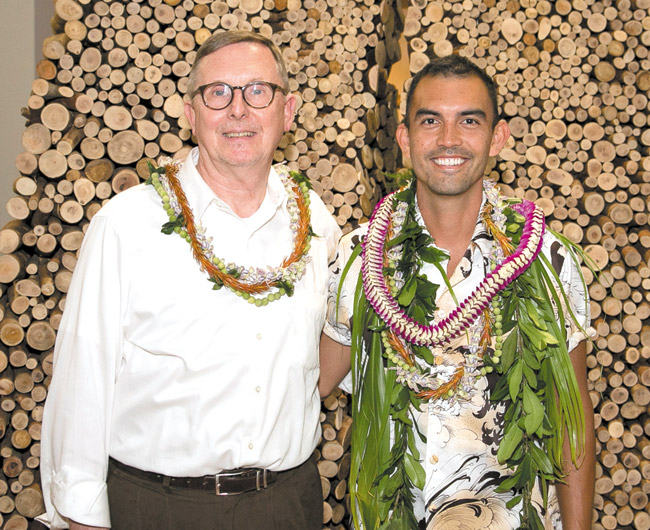
“Even though Connelly was trained as an architect, not an artist, I felt he just had the ability and talent to do something different,” – Jay Jenson
In this video, Sean Connelly introduces Hawaii as a “microcosm of the world” and then proceeds to mention how the state has several coral reefs, rainforests, snow-covered mountains, and basically every ecosystem that you can possibly think of. He is quick to address his concerns about how these ecosystems are very fragile and vulnerable to the people that come to visit. It is no question that Hawaii is one of the most traveled vacation spots not only for its numerous beaches and exotic wildlife but for the main reason that it is considered one of the happiest and most beautiful places in the country. However, looking past its beauty, Connelly mentions how many communities in this state release polluted stormwater that is killing their reefs and that invasive species that are finding their way into the rain forest are killing what is left for the wildlife that is already there.
After introducing the many environmental issues that are affecting Hawaii’s ecosystem, he begins to reshape his Ted Talk by explaining what he, as well as other Hawainners, have uncovered: a sophisticated understanding of the watershed. The importance of the watershed is that it captures and filters the rainwater that drops on Hawaii. Many bacteria and unknown chemicals can be roaming in the water so it is very crucial to understand how these watersheds work in order to someway invert the environmental collapse. Connelly emphasizes how important it is for Hawaiians to use the watershed as a part of the technology that they use to increase their resources. He explains how they must choose how they want their urbanization to look like now and for the future generations that follow long after.
At the end of the Ted Talk, Connelly provides rhetorical questions and suggest revisions that can help expand the urbanization into something healthy and substantial. The vision that he wants his audience to picture is urbanization that does not harm either the environment or the people that live in these city blocks. His goal out of sharing all this information is to change these “apocalyptic” situations that the community is facing and use these resources not just to picture a better life, but to make it become reality. Although this progress may take a long time, he emphasizes how important is for not just Hawaiians to be aware of this, but for the rest of the world to be involved with the watersheds. A reconnection with humanity’s ecology is exactly what this dead land to evolve into a nourishing place for all living things.
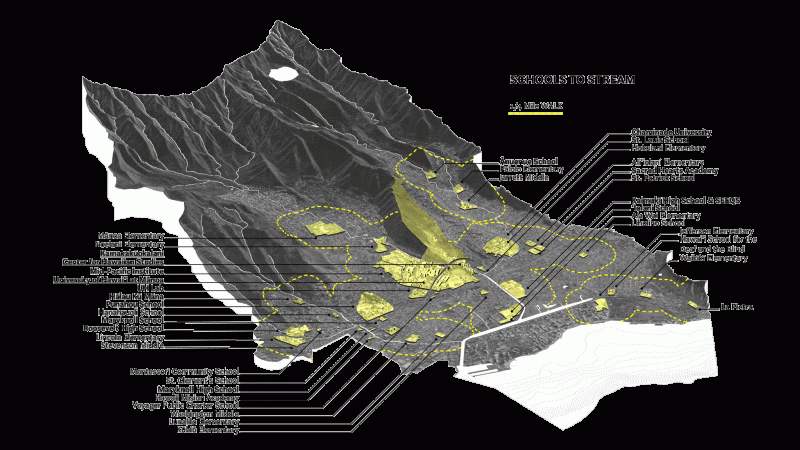
Environmental degradation of the Hawaiian Islands today reveals the unhealthy outcomes of a model for urbanization designed for continents, not volcanic islands. Hawai’i is the first US State government to have implemented the state-wide zoning of all land into single-use land-use districts in 1961. Whereas the ahupua’a system of urbanism is designed to accommodate special sites and the movement of resources (like rain, wind, and soil) over time, the current Western model attempts to constrict the island in ways that sever the movement of resources necessary for life to thrive.
“Hawai’i Futures”. 2020. Hawaii-Futures.Com. https://www.hawaii-futures.com.
Waterway (Curated Work)
Waterway: Interior Earth Sculpture
This sculpture is titled, “Waterway” and was designed in 2018, one of Connelly’s most recent projects. It can be found in the Luggage Store Gallery, San Francisco, California where millions of Americans go to admire sculptures made by different artists.
“Hawai‘i really is in my mind the leader of the culture of stream environments and reincorporating broken streams,” he says. “Hawai‘i has a precedent for how water can be incorporated into a political environment.” The ahupua‘a system help define area by their watersheds, which meant that the entire gamut, from mountain to ocean, was incorporated into life and economy”- Sean Connelly
“The Lost Waterways of Hawai’i” https://fluxhawaii.com/the-lost-waterways-of-hawaii/
Thatched Assembly with Rocks (curated work)
The pictures above show Connelly’s 2017 creation titled, “Thatched Assembly with Rocks”
This piece of artwork is called “Thatched Assembly with Rocks” and was made in 2017. It is currently located in Honolulu Biennal at Foster Botanical Garden, Honolulu Hawaii where it is admired by many individuals who come to visit. If you look closely, you can see how much space and plant life is located around the area as well which is the main reason why Connelly decided to have it built there. The different materials that he uses in this project are wood, palm, and rock which could be used in the future recovery of Ahupua‘a. Using these different materials, Sean Connelly shows us how important traditional materials like the ones used are still important to the architecture in today’s buildings. This also shows the multifaceted, highly sustainable system of land division and management traditional to Native Hawaiians.
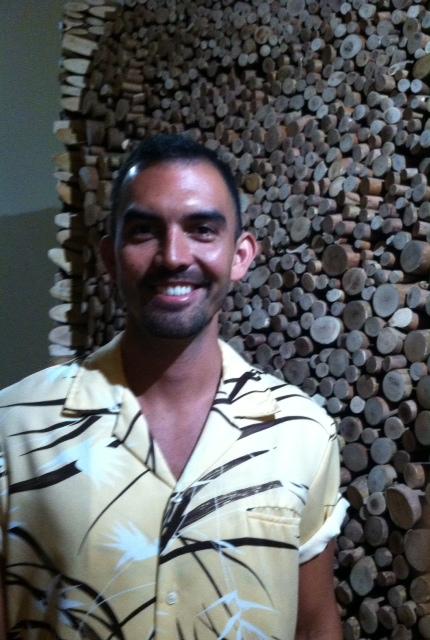
Below is a list of questions that have been directly responded to by the artist himself, Sean Connelly. It is noteworthy, that these questions really give a general overview of Connelly’s thoughts and feelings about all the projects he has done and the huge difference he is making in Hawaii’s environment.
Q & A with Sean Connelly (Summarized Answers by Group)
- Who inspires you to make your art? Response: “History inspires me to make his art and helps me see history in a different light and engaging in conversation or collaborations with others.”
- Have you worked with multiple artists at a time and how was your experience with them? Response: “I have collaborated with others but on certain parts of the processes that I am on and I had good experiences with the people I interacted with on projects.”
- Has your personal life affected your art style or creation? Response: “My position in Hawaii and History affects my pieces that he creates and his works are based on what is going through his personal life”
- What is your message that you are trying to put out to society? Response: “His pieces have to do with a majority of social and environmental justice but used to be about climate change but with time it changed.
- How do you stay motivated to keep on pursuing your career? Response: He said that the year 2020 motivated him and the message that he is trying to convey to the public pushes him to keep pursuing his art career.
- Do you think you are going to change your style of art/sculpting? Response: “One of the changes I am lookign forward to do is accept social practices more often and I know my style will change with time but I am not sure how it will at the moment. Time management also affects my creations and how it comes out.
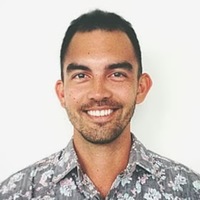
Sean Connelly is a passionate artist that strives to make a difference in not only the state of Hawaii but across the world. His sculptures and projects are made entirely out of natural resources as a way to demonstrate the importance of using this material to promote a healthy and substantial lifestyle. Hawaii is dealing with a lot of environmental damage from the urbanization already there and the people who go there for a vacation. By creating “After Oceanic” he is demonstrating a representation of what he hopes his projects will promote in the future. He wants the next generations to be able to see how truly beautiful Hawaii is and how it has been preserved for years. As a society, Connelly hopes to see a change in the ecosystem as time passes.
Citations/Bibliography
“After Oceanic”. 2020. Ao-Projects.Com. https://www.ao-projects.com/Sean-Connelly.
Connelly, Sean. 2020. “After Oceanic”. Ao-Projects.Com. https://www.ao-projects.com.
“Hawai’i Futures”. 2020. Hawaii-Futures.Com. https://www.hawaii-futures.com.
“Sean Connelly’s Small Area Of Land » FLUX”. 2020. FLUX. https://fluxhawaii.com/sean-connellys-small-area-of-land/.
Studios, Lana. 2020. “SEAN CONNELLY’S SMALL AREA OF LAND”. Lana Lane Studios | Honolulu, HI. http://lanalanestudios.com/outreach/sean-connellys-small-area-of-land/.
“The Oceanic Urbanite”. 2020. Lei. https://leiculture.com/the-oceanic-urbanite/.
